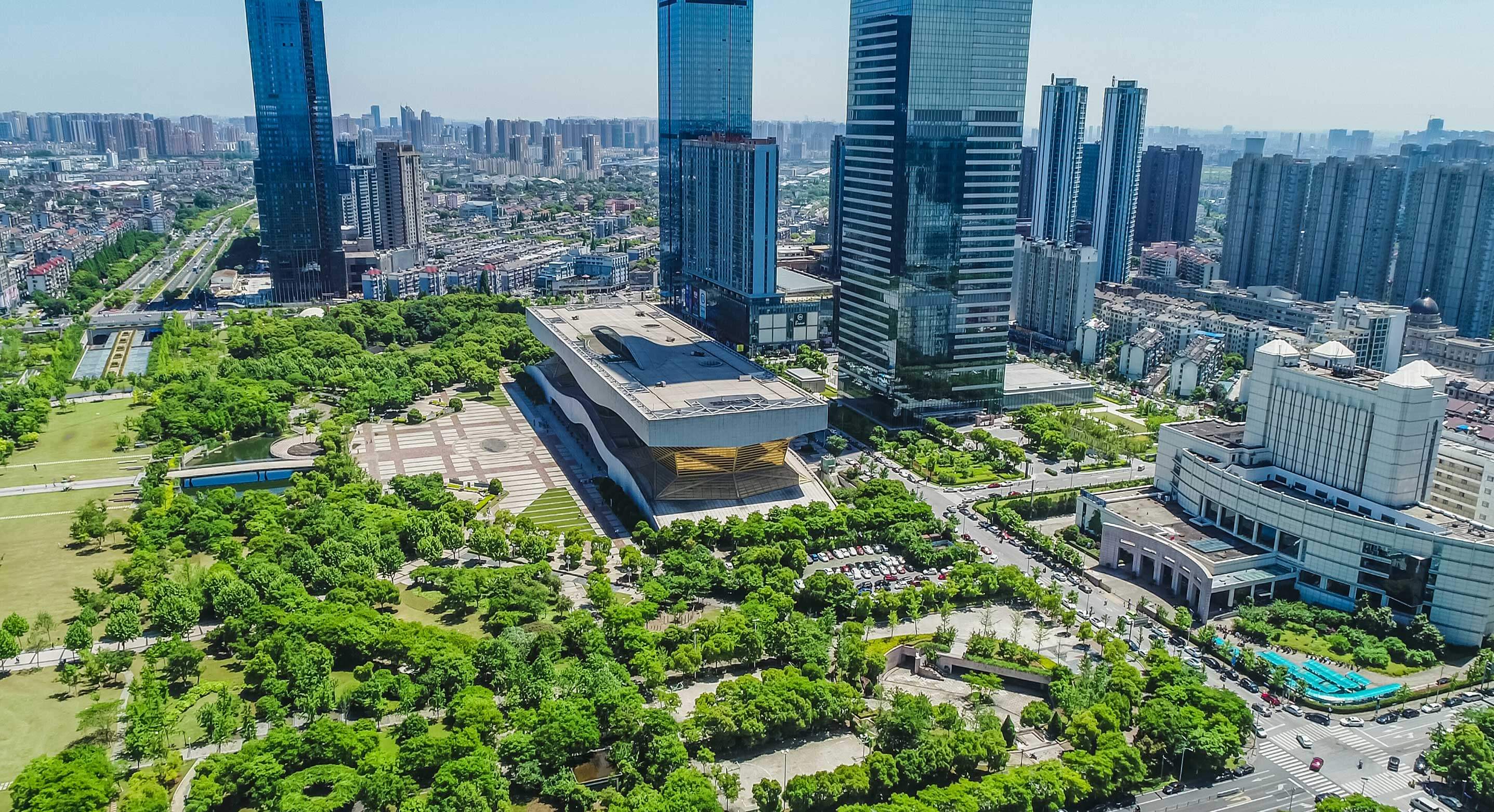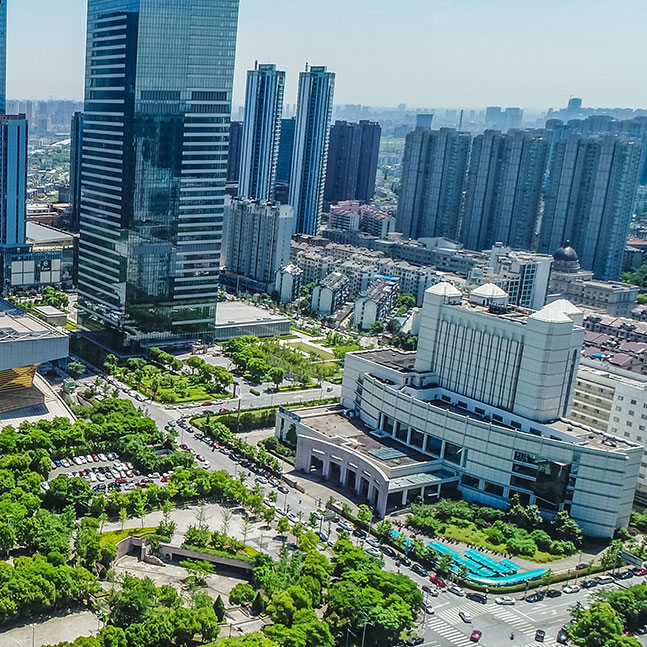News
Making sustainability ‘real’ in real estate
Raman Sapru, director, design and engineering, K Raheja Corp Homes, on the eco-conscious approach to construction
As the world grapples with challenges related to population growth, environmental degradation, and climate change, the real estate and construction sector has emerged as a leader in adopting sustainable practices. Integrating sustainable practices in real estate not only aids the environment but also brings economic and social advantages. The growing emphasis on green buildings and healthy living, alongside energy efficiency, has shifted from a mere preference to an essential need in contemporary society. Therefore, it’s crucial to commit more profoundly to sustainability, ensuring a healthier environment for future generations.
Fostering a sustainable future
‘Green Energy’ construction techniques are getting more popular by the day. According to a report by Anarock, green buildings hold the potential to cut down energy consumption by 20-30% and water usage by 30-50%, hence making them the preferred choice for the long run.
Initiatives that can be adopted to promote environmental sustainability include minimizing energy consumption during the building phase and implementing tree relocation programs. Additionally, there’s a growing trend among developers to use locally sourced materials. This not only cuts down on operational costs and transportation-related pollution but also reduces waste significantly. As the industry evolves, there’s a potential to increase the use of recycled materials and ensure the application of non-toxic paints, sealants, and adhesives, contributing to eco-friendlier construction practices.
This eco-conscious approach extends beyond the completion of construction projects. Efforts are being made to transition to renewable energy sources and focus on sustainable architecture, design, material efficiency, and circularity. Modern buildings are increasingly designed to enhance indoor air quality, optimize ventilation and natural light, and incorporate features like rainwater harvesting and solar energy usage.
Additional steps taken by developers include the installation of electric vehicle charging stations, solar-powered hot water systems, LED lighting, and organic waste management systems. These measures represent critical, incremental steps towards a more sustainable and environmentally responsible future in construction.
Evolving idea of luxury
Today, buyers and developers alike agree on the responsibility to reduce their carbon footprint. The growing trend in luxury real estate in India reflects a shift towards sustainability without sacrificing comfort. A significant segment of buyers, characterized by extensive travel experience and a deep-rooted environmental awareness, are driving this change. These discerning consumers recognize that sustainable living can coexist with luxury. Their fashion choices, vehicles, and homes symbolize a commitment to both high-end living and environmental responsibility. This evolving perspective on modern lifestyle prioritizes eco-friendly housing and cutting-edge technology.
In response to this consumer demand, developers are increasingly investing in sustainable construction innovations. This shift is transforming India’s luxury real estate market, marked by top-level amenities, lavish interiors, and advanced climate control features, redefining the standard of luxury living.
Green homes
Green certified apartments and homes are at the forefront of promoting a sustainable future. These homes are designed with a focus on sustainability, incorporating features like energy efficiency, water conservation, and effective waste management. The benefits of living in such a home extend beyond environmental impact reduction. Residents enjoy economic savings, enhanced health, and overall well-being, creating a dual advantage for both individuals and the environment.
The Indian Green Building Council (IGBC) green homes certification is a pivotal element in this movement. This rating system assesses the environmental performance of residential buildings in India, balancing traditional practices with new, sustainable concepts.
Additionally, the certification focuses on the health and well-being of residents by promoting better indoor air quality and natural light. The process also serves an educational role, raising awareness about sustainable building practices among homeowners, builders, and the community. This holistic approach signifies more than just a building standard; it is a commitment to a sustainable, healthier future.
A significant advantage of a ‘green home’ is its long-term cost-effectiveness. While the initial investment might be higher, homeowners will begin to see savings in their water and electricity expenses. As renewable technologies become more accessible and cost-effective, the financial feasibility of green homes is expected to improve even further in the future. Despite some challenges in realizing this concept, there is a promising outlook for net-zero buildings, which are poised to make a beneficial impact on both the environment and safety.
We stand on the brink of a real estate revolution that is extending its influence on smaller cities and towns. Moreover, adopting sustainable construction practices goes beyond environmental concerns and offers wide-ranging advantages spanning social, technological, and economic spheres. It also helps to create a built environment that is more resilient and environmentally conscious.
Source: Construction Week



